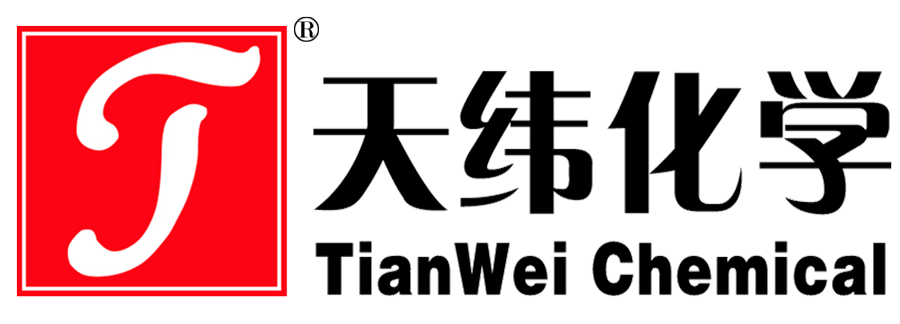-
History of Marine antifouling coatings
In ancient times, ships were made of wood, so shipworms and other drilling organisms became the most important fouling organisms in ancient times. The ancient people used asphalt, wax and toxic coatings to coat the surface of wooden ships to prevent and control shipworms. However, in the Ming Dynasty, we had mastered the mature technology of antisepsis and antifouling of wooden ships, which enabled Zheng He to make seven voyages. With the advent of modern industrial revolution, steel hull ships have been faced with two challenges of seawater corrosion and biological fouling since they were invented. By World War II, fouling became a major concern because of the danger it posed to warships, underwater installations, and weapons. In the following decades, Marine biological antifouling coating technology developed rapidly.
25-04-2023 -
From January 1, 2023, the addition of cyclobutane to marine antifouling coatings is prohibited
In order to effectively control and reduce the impact of harmful anti-fouling systems on ships on the marine environment, the International Maritime Organization IMO formally adopted the International Convention on the Control of Harmful Anti-Fouling Systems on Ships (hereinafter referred to as the "AFS Convention") in October 2001, and It came into effect on September 17, 2008. The "AFS Convention" officially entered into force for my country on June 7, 2011. For details, please refer to the Ministry of Transport Announcement No. 22 of 2011: Announcement on the Entry into Force of the International Convention on the Control of Harmful Anti-Fouling Systems on Ships of the International Maritime Organization).
14-03-2022




